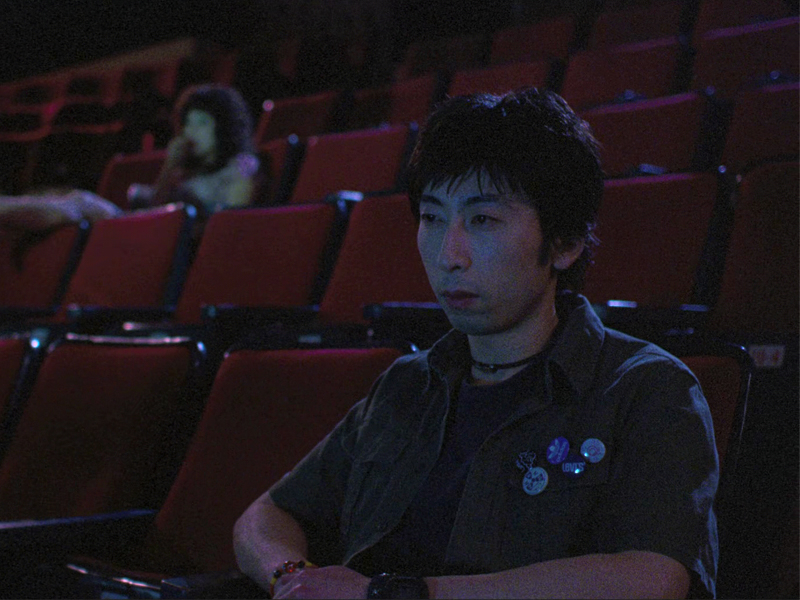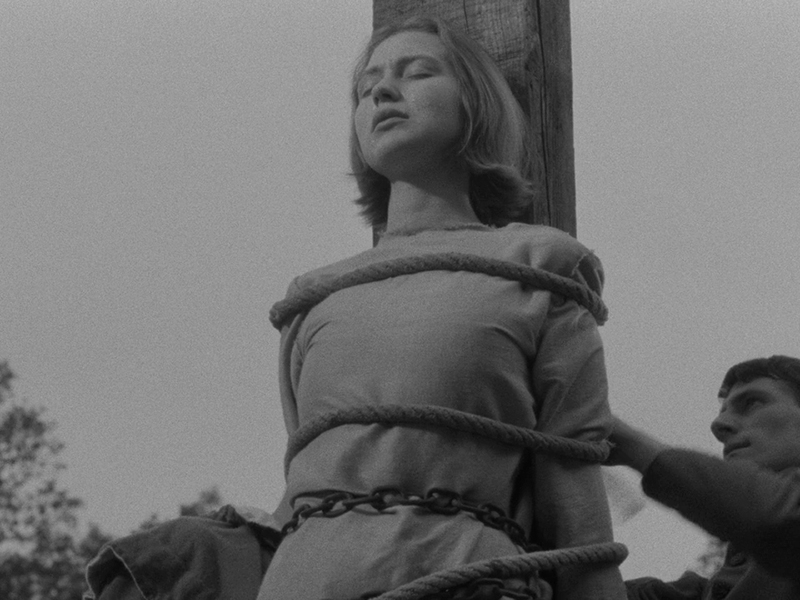EN
“Mr. Tsai is the most Euclidean of directors, a master of geometry whose films are both oblique and acute. He captures some of the essential texures of contemporary urban life -- the loneliness and boredom, the longing that permeates even the most routine encounters, the collisions and coincidences -- with a deadpan dexterity that may remind you of Buster Keaton or Samuel Beckett.”
A. O. Scott
“Goodbye Dragon Inn is the best film I’ve ever seen. I think I saw it a year or two after it came out, after I finished Tropical Malady. It really is the ultimate film. Tsai Ming-liang and I share many aspects: the big cinema and the characters there, like the woman who eats watermelon seeds… I really love that.”
Apichatpong Weerasethakul in conversation with Bjorn Gabriels
“The title of Tsai’s new film might suggest that the chronicler of morosely funny Taipei anomie has decided to veer into Jin Dynasty costume epics, but rest assured that Tsai has nothing so Ang Lee in store. I imagine that the nearest he’ll come to King Hu–copping melodramatics is this, a film that entirely takes place in a movie theater during a funerary late-night showing of Dragon Inn, Hu’s light-as-a-silk-slipper 1966 kung-fu adventure flick. It’s a gimmicky sounding premise that should raise copious red flags, were it not for the fact that Liang may be the lone contemporary filmmaker who can be trusted to build something around the superficially acinematic act of watching a movie that will neither smirk with meta coyness nor wallow in awed hommage.”
Nick Pinkerton
“Most of the dialogue and music in Goodbye, Dragon Inn emanates from Dragon Inn. And the movie within the movie is glimpsed at from a variety of angles, its shifting light patterns cast on the faces of spectators. (At one point, Tsai creates a montage in which the theater manager and the Dragon Inn star Hsu Feng appear to exchange glances.) ‘Did you know this theater is haunted?’ an audience member asks another halfway through. The theater is haunted, both by the specters on the screen and the spectators in the seats, some of whom turn out to be in both movies.”
J. Hoberman
"And this is, above all, a film about going to the movies; returning to Truffaut, one might call Goodbye, Dragon Inn Tsai's Day for Night, though the more aquatically inclined Taiwanese director, whose oeuvre is so thoroughly drenched in metaphorical waterlogging, imagines films not as trains passing in the night, but as monstrous frigates, unmoored and adrift, which carry their human cargo on a dark free-float. The stowaway-haunted interior of the Fu-Ho, where boys float and brush past each other like buoys, is a ramble of aimless corridors and storage rooms crowded by sagging, soggy cardboard. All of the walls here seem to be the same aquamarine shade of abandoned swimming pools, every corner is stained with dark tendrils of water damage, and everything contributes to the overall appearance of some great vessel's hull, where the all-pervading, echoing soundtrack of Dragon Inn approximates the moans of a pressurized below-deck. This ship's off on an under-booked farewell cruise, and the desolate few spread across this space made for the accommodation of thousands, clustering together then ricocheting apart, are fine material for Tsai's delicately orchestrated tableaux of touch-and-go souls. But so much negative space is also bound to take on a palpable presence of its own, and when one of the Fu-Ho's occupants finally speaks, almost halfway through the film's running time, it's no surprise that it's to inquire, ‘Did you know this theater is haunted?’”
Nick Pinkerton
“Other ways of watching movies—on a computer and even on a phone—have come to the fore, and, as a result, new ways of living with movies have emerged. They’re no less valid and no less important (the movie lover’s life is greatly enriched by the video essay and the Twitter discussion), but they’re different, practically and psychologically. The corridors, the projection booth, the box office, and even the bathrooms are, in a strange but ineluctable way, a part of the cinema. So is the screen. I like to sit in or near the front row, because my relationship to movie images isn't solely visual or psychological but also physical. Tsai’s film gets at that feeling better than any other movie I’ve seen.”
Richard Brody
NL
“Tsai had het een keer gebruikt als locatie voor een korte film. De manager liet de Taiwanese regisseur van Rebels of the Neon God (1992) en Vive l’amour (1994) vervolgens weten dat hij van plan was de boel definitief in te pakken, tenzij Tsai het filmtheater zou willen overnemen. Filmtheaterdirecteur paste toen nog niet in het curriculum van de filmgrootmeester, dus Tsai bedankte vriendelijk, maar besloot de huur van het pand wel een jaar over te nemen om misschien nog iets te doen met het ietwat mysterieuze gebouw dat door alle lekkende plafonds, gigantische gangen en stiekeme achteraftrapjes een blijvende indruk achterlaat. In de laatste maanden van zijn huur had hij nog niets gedaan met de locatie. Hij stampte er dus een spaarzaam, bijna dialoogloos scenario uit dat zonder te veel kosten snel geproduceerd zou kunnen worden. Wat niet wil zeggen dat Goodbye, Dragon Inn een eenvoudige of spaarzame film is.”
Hugo Emmerzael



